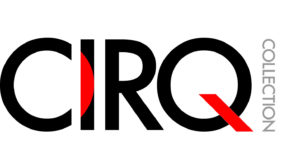| History |
A poster Grapus produced to represent the studio, for a retrospective in Paris in 1982, can be interpreted as a kind of manifesto.
They were internationally celebrated as designers by this stage, but their body of work bore no relation to the orderly, well-mannered modernism seen in the work of contemporaries operating at a comparable level of achievement and acclaim.
Their exhibition poster is much closer in form and spirit to the anarchic impulses, cultural irreverence and indifference to good taste found in punk graphics of the period.
At the most obvious level, this can be seen in the scribbled lines, dabs of crudely slapped on color, and rejection of formal typography for clumsily scrawled handwriting. The poster’s only precisely drawn and formal graphic element, the arrow saying “Expo,” is gripped in the grinning figure’s mouth, making it clear that any engagement with design conventions will have to be conducted on Grapus’s own terms.
They make their communist sympathies fully evident by placing the Soviet hammer and sickle opposite the French national colors, and turning it into a winking eye, and they invoke the libidinal energy (and imagery) that runs through their work by means of a pubic hair nose and the painted breast-like shapes that form the shoulders.
The jocular iconoclasm and slightly threatening demeanor of an image that appears to have sprung into view like a jack-in-the-box is underscored by satirical allusions, within the same ambivalent figure, to the Smiley face, Disney’s Mickey Mouse and Adolf Hitler.
In both form and content, this and other posters enact an ideal of social, cultural and personal freedom that would prove to be difficult to sustain as French politics moved to the right in the course of the 1980s.
(source Rick Poynor)
|

